From Text-to-Clay
Presskit
What can a ceramic practice teach us about working with AI, and what might AI, in turn, reveal about our own ways of making?
During a three-month residency at the European Ceramic Work Centre (EKWC), I explored how the materiality of clay can offer a new perspective on the apparent immateriality of AI models. I approached both clay and AI through a material lens, seeing their inherent unpredictability as a form of collaboration rather than something to be controlled.
Using a self-trained AI model, built from emotionally annotated datasets of my earlier ceramic works, I prompted it with phrases such as "ceramic sadness." The model generated sculptures that seemed to exist but had never been made, forms that understood the aesthetics of clay but not its physical reality. These generated sculptures became propositions, asking whether clay could embody what the AI imagined.
The sculptures and images presented here document a circular dialogue from clay to data, to generated image, and back to clay, intentionally slowing the immediacy of AI through the patient temporality of ceramics; a negotiation between hand and algorithm.
![]()
Presskit
What can a ceramic practice teach us about working with AI, and what might AI, in turn, reveal about our own ways of making?
During a three-month residency at the European Ceramic Work Centre (EKWC), I explored how the materiality of clay can offer a new perspective on the apparent immateriality of AI models. I approached both clay and AI through a material lens, seeing their inherent unpredictability as a form of collaboration rather than something to be controlled.
Using a self-trained AI model, built from emotionally annotated datasets of my earlier ceramic works, I prompted it with phrases such as "ceramic sadness." The model generated sculptures that seemed to exist but had never been made, forms that understood the aesthetics of clay but not its physical reality. These generated sculptures became propositions, asking whether clay could embody what the AI imagined.
The sculptures and images presented here document a circular dialogue from clay to data, to generated image, and back to clay, intentionally slowing the immediacy of AI through the patient temporality of ceramics; a negotiation between hand and algorithm.
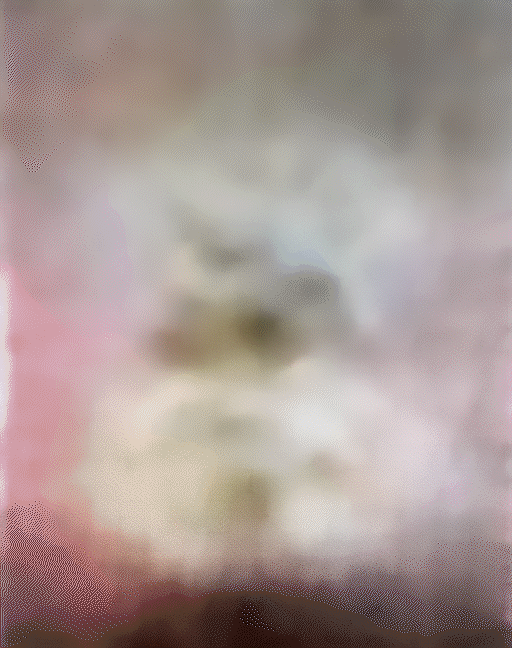
Research Project, Installation, Dutch Design Week, 2025
![]()
![]()
![]()
![]()
![]()
![]()
![]()
![]()
![]()
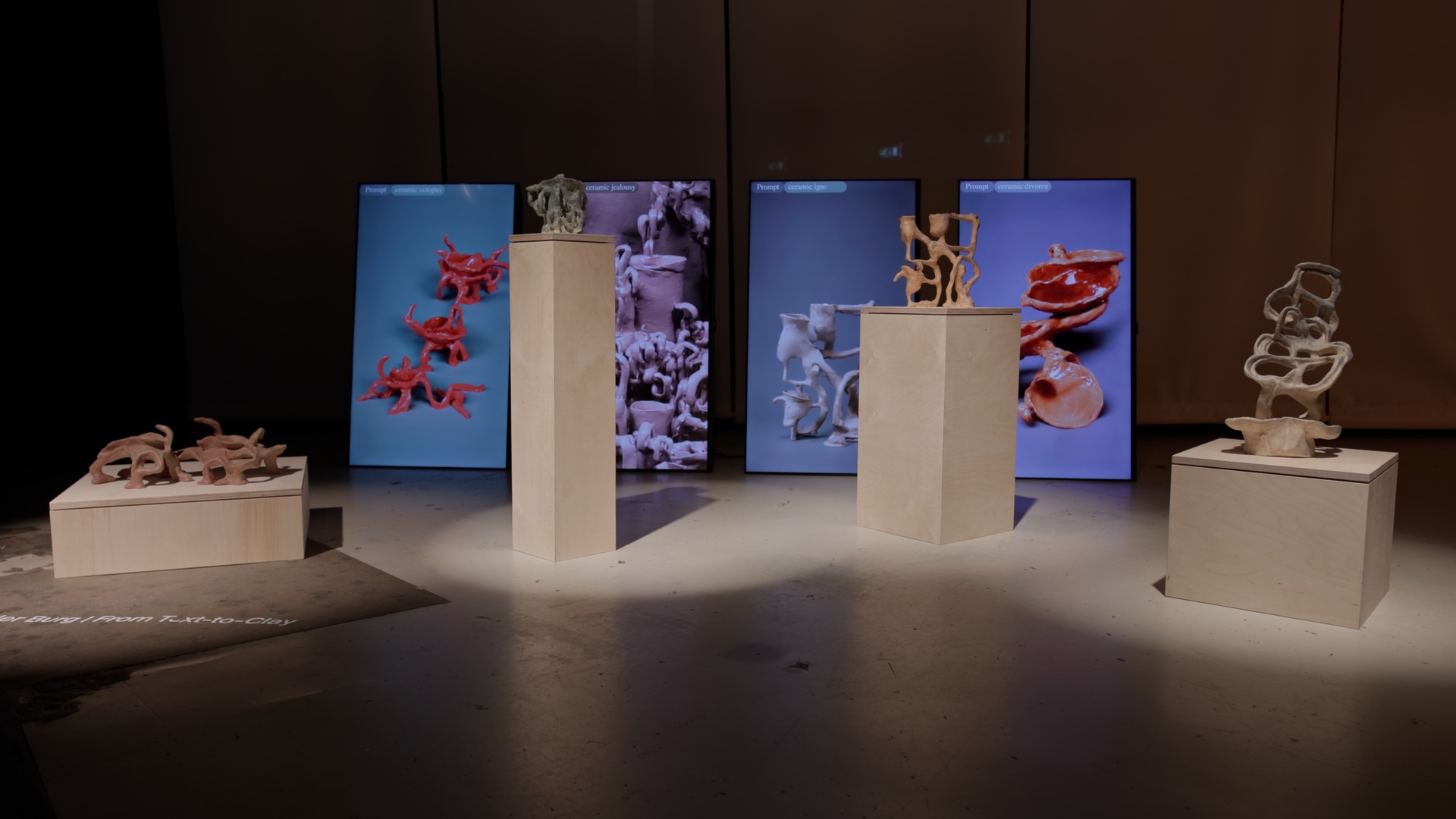
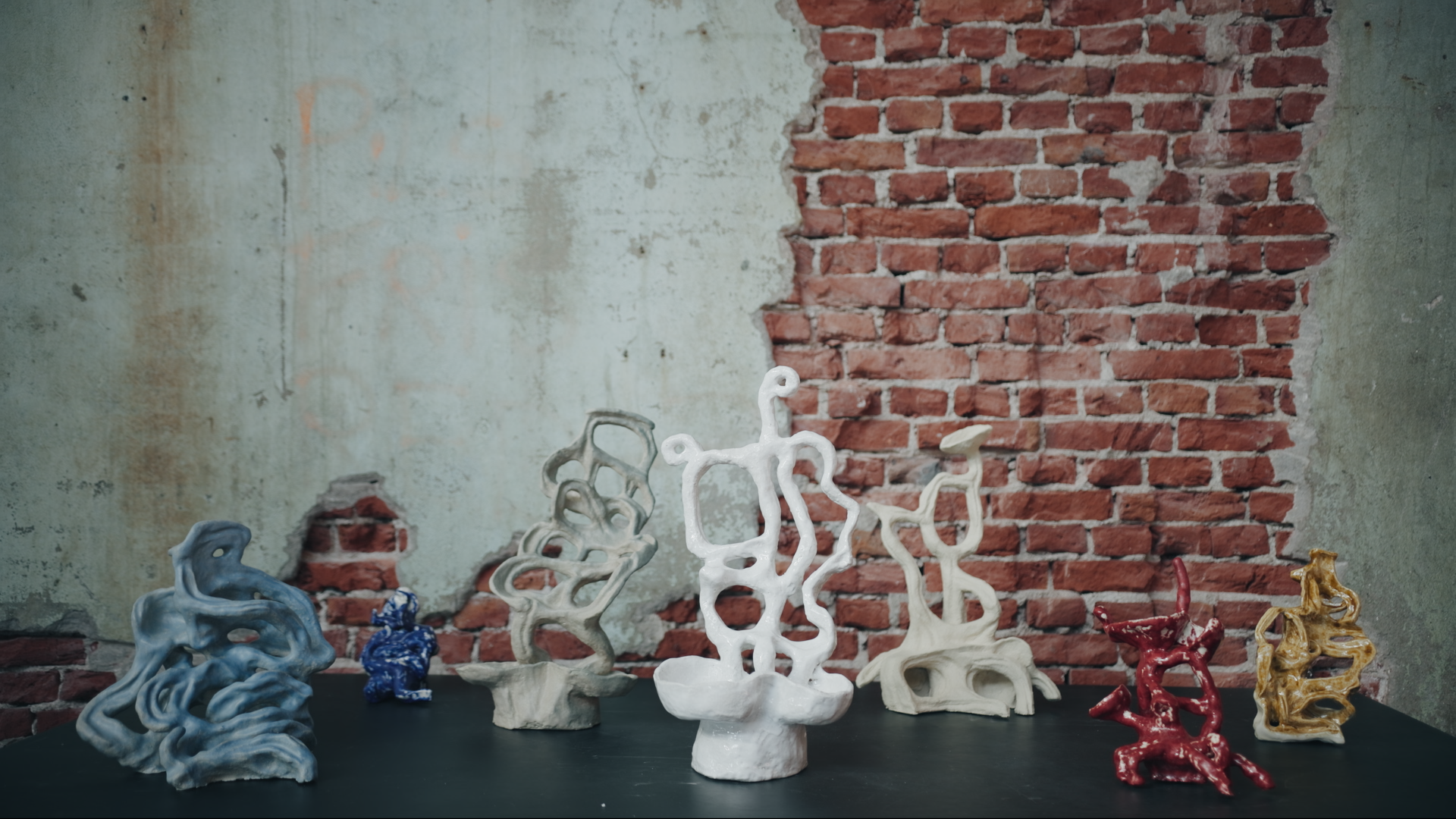

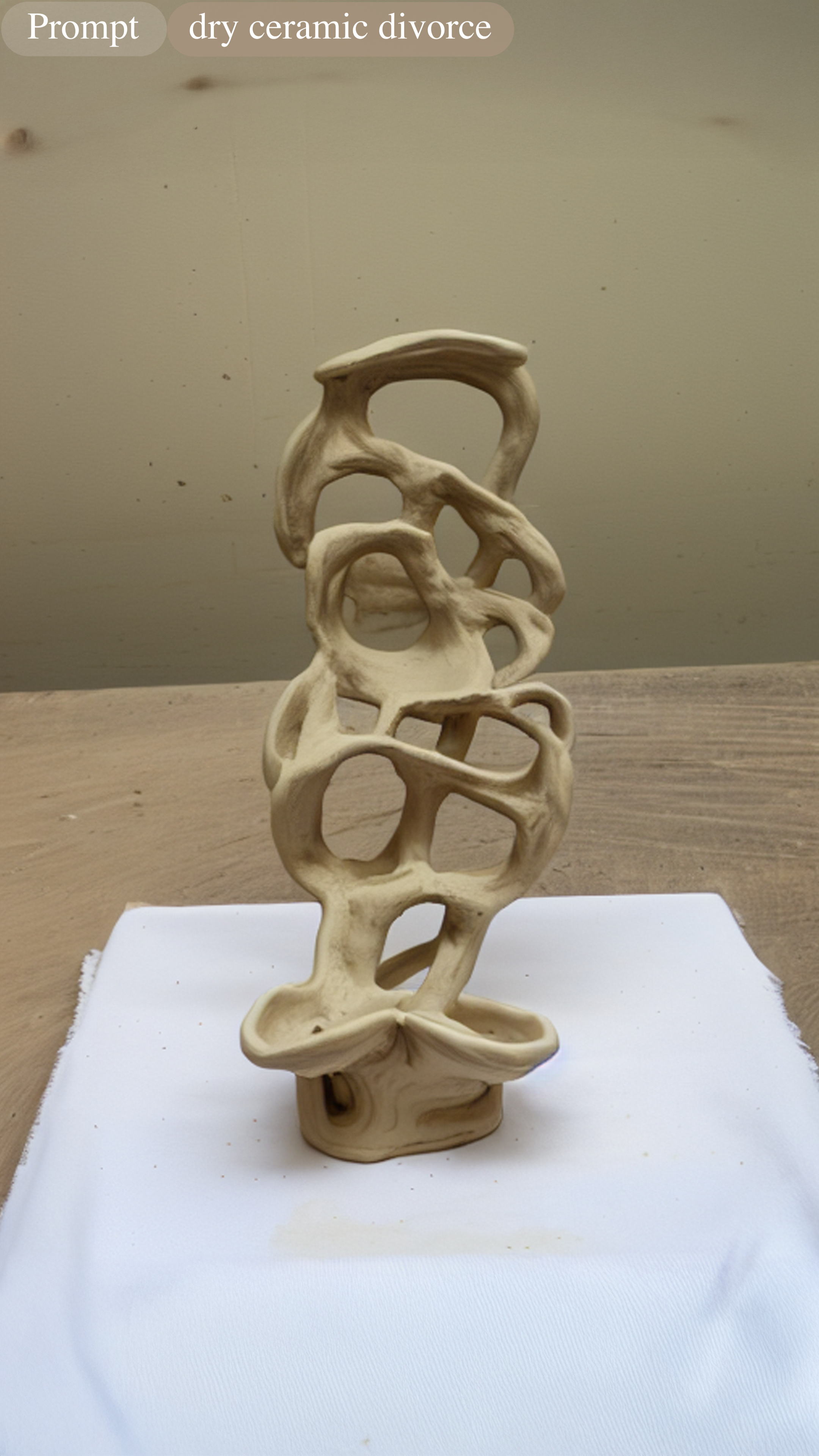
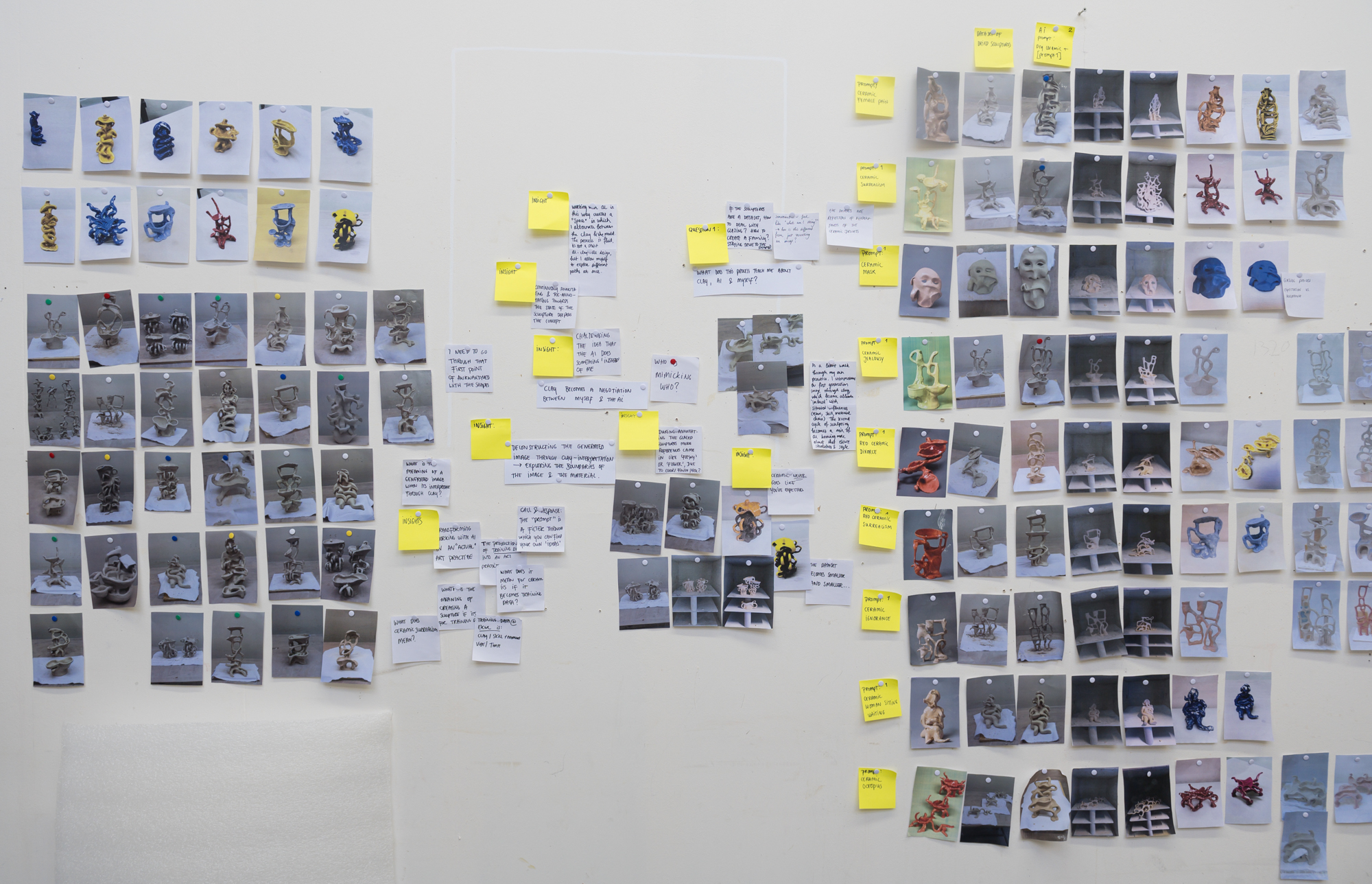
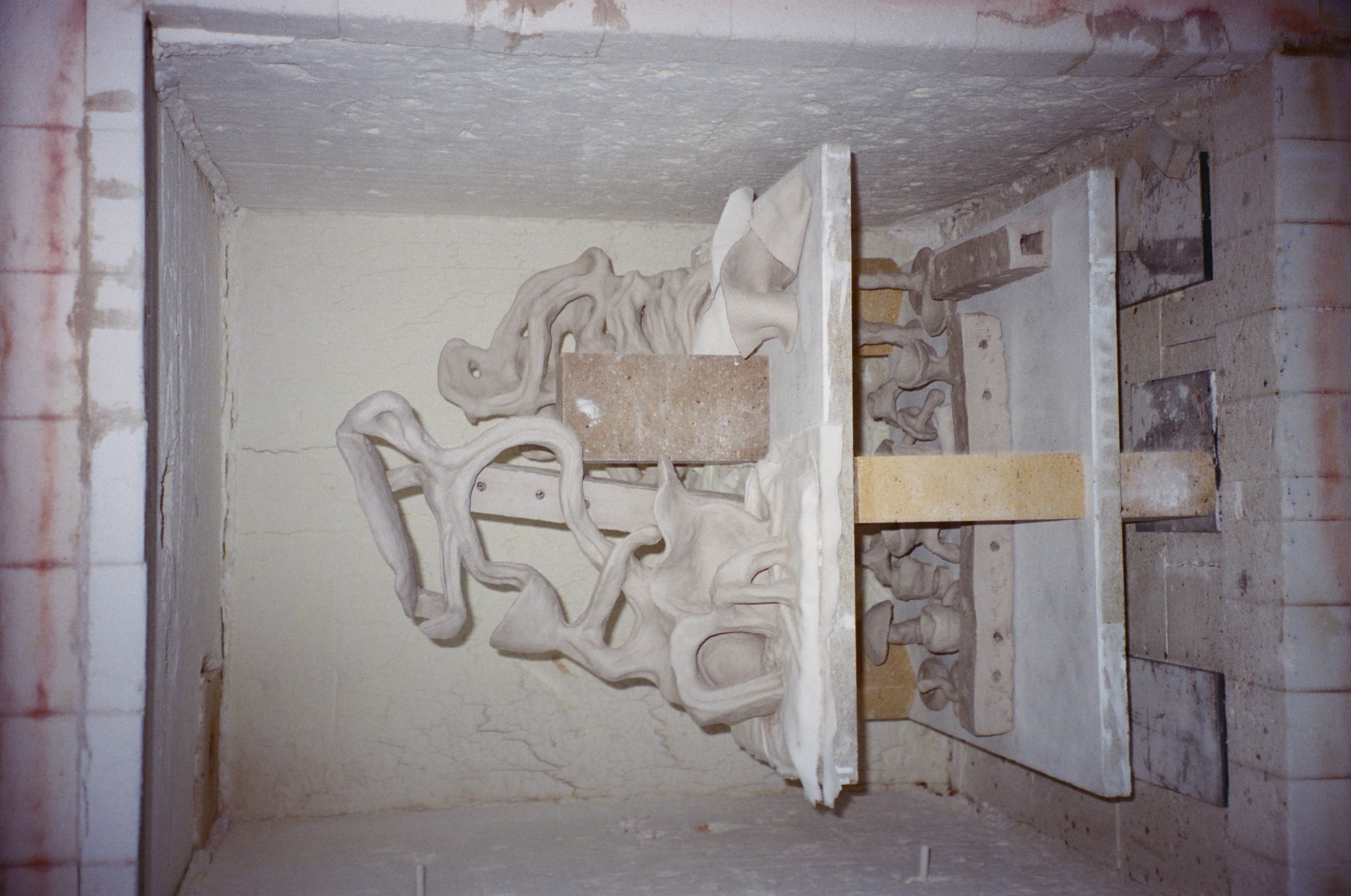
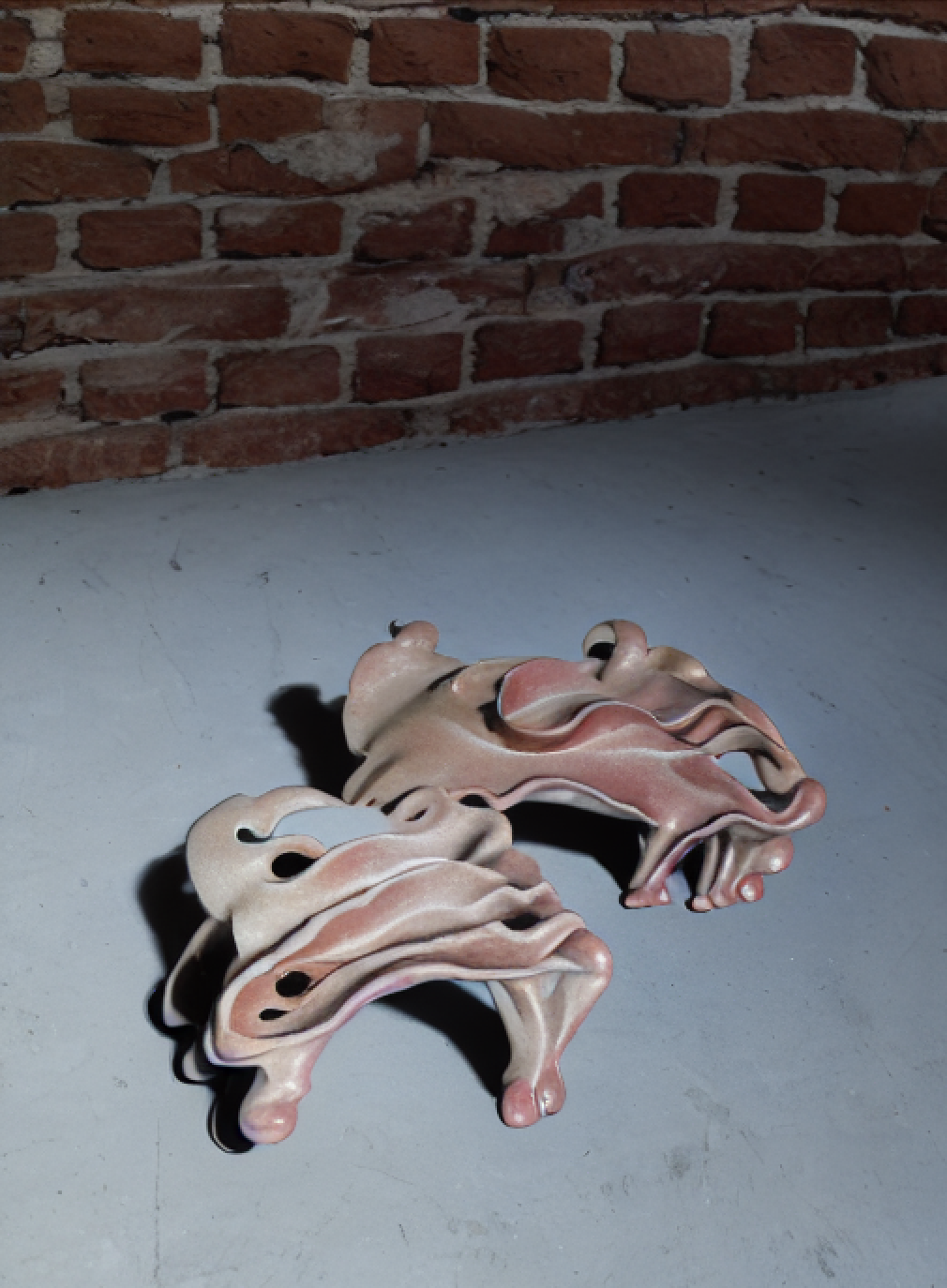
Objective Portrait
collaboration with Gijs de Boer
Usually, these algorithms are used to very accurately recognise whether something is a chair, or a plant, for instance. But something interesting happens when the algorithm makes a ‘wrong’ guess. When it sees a plant in a chair, this guess is still based on something: namely, on how the algorithm is coded and trained. It’s almost a given that this is why the decisions of algorithms are never neutral. Yet instead of trying to erase all bias, we take this connection to its maker as a starting point.
If we explicitly train an algorithm on someone’s personal values, can it capture something of their particular way of seeing? While an objec recognition algorithm usually tries to learn the definition of an object, we explore the potential for a subject recognition algorithm: can an AI learn to see the value and meaning of an object for someone?
![]()
collaboration with Gijs de Boer
A subject recognition algorithm
As designers, we (Gijs and Vera) are often fascinated by particular objects without really knowing why. This project explores whether a differently trained object recognition algorithm can help to understand such relations.Usually, these algorithms are used to very accurately recognise whether something is a chair, or a plant, for instance. But something interesting happens when the algorithm makes a ‘wrong’ guess. When it sees a plant in a chair, this guess is still based on something: namely, on how the algorithm is coded and trained. It’s almost a given that this is why the decisions of algorithms are never neutral. Yet instead of trying to erase all bias, we take this connection to its maker as a starting point.
If we explicitly train an algorithm on someone’s personal values, can it capture something of their particular way of seeing? While an objec recognition algorithm usually tries to learn the definition of an object, we explore the potential for a subject recognition algorithm: can an AI learn to see the value and meaning of an object for someone?

Installation, Dutch Design Week, 2022
![]()
![]()
![]()
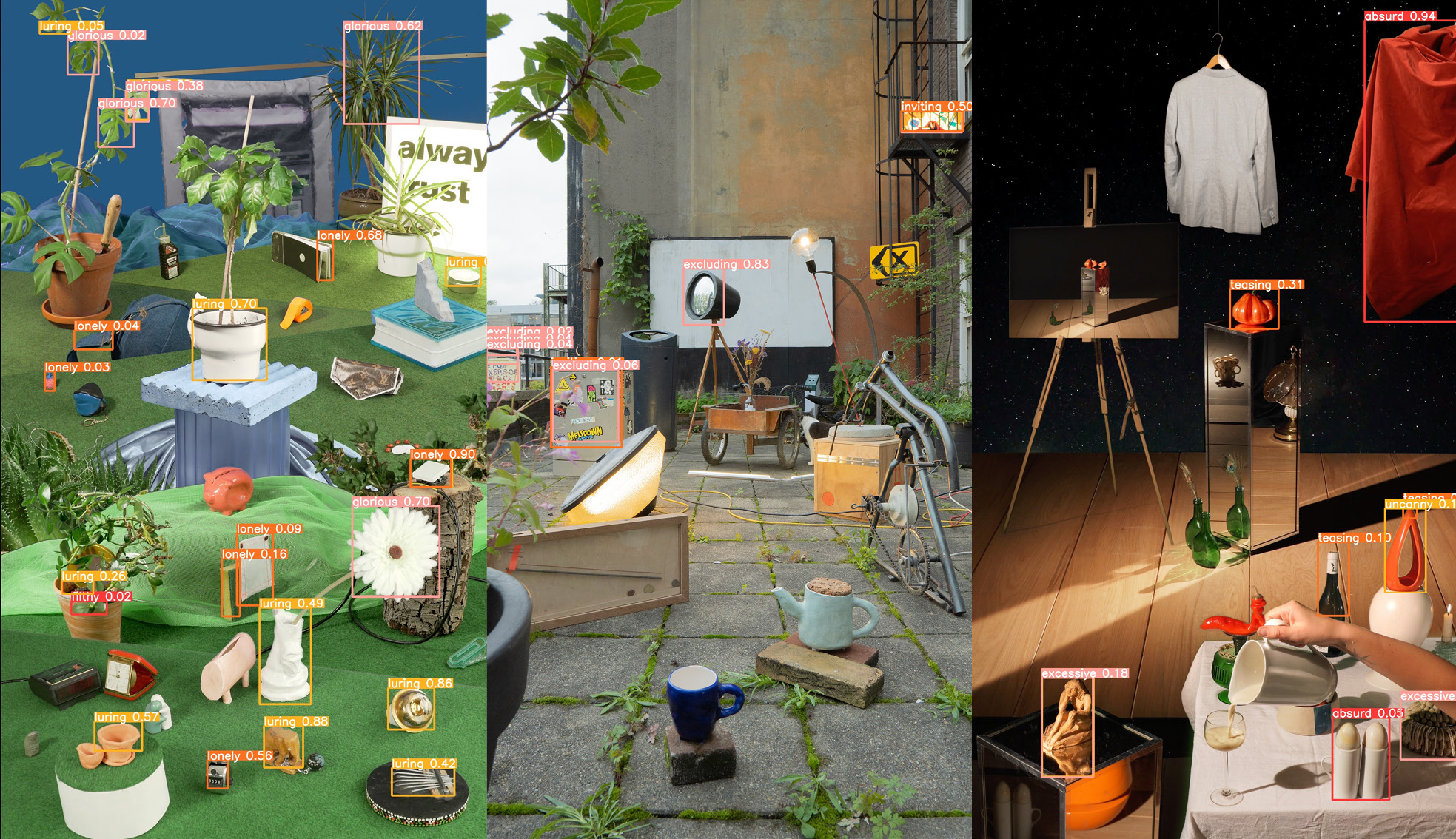

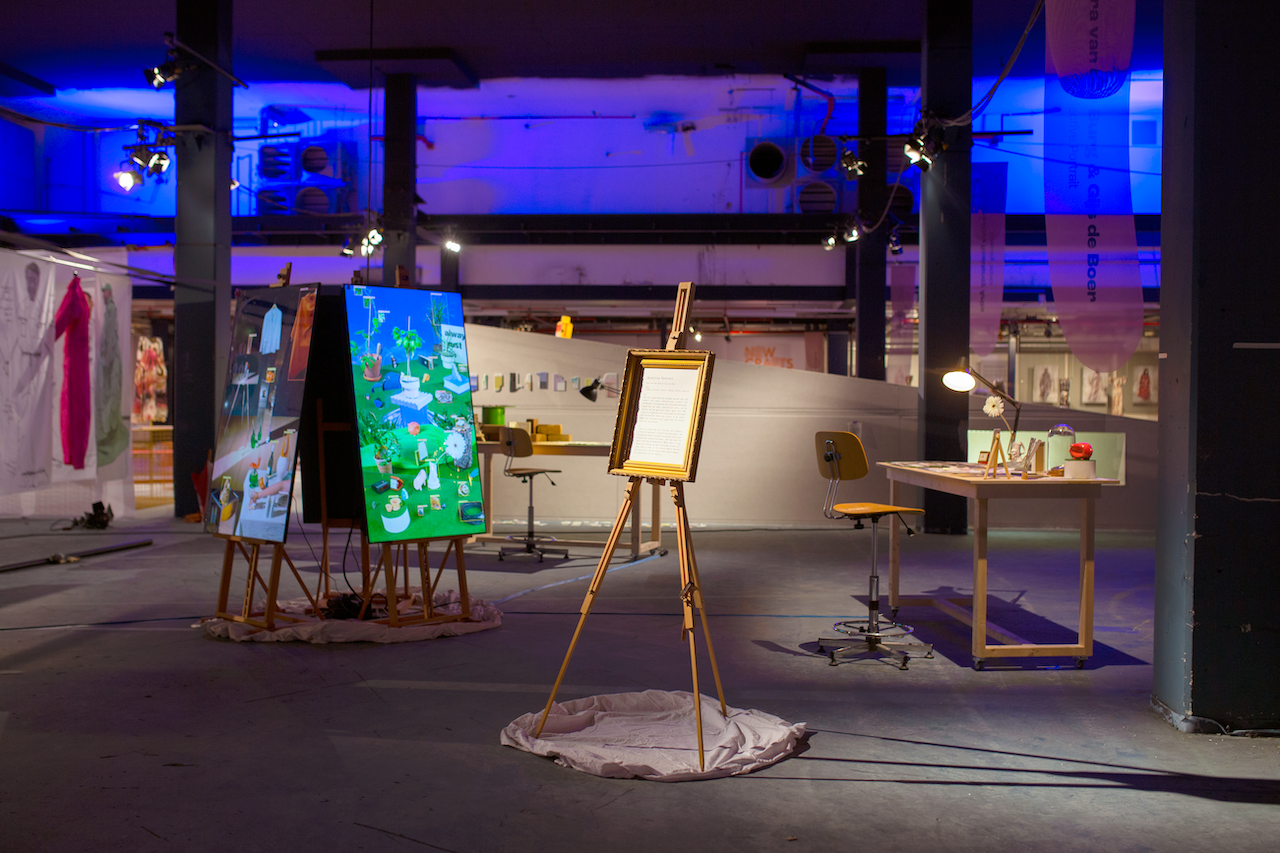
Still Life
“Still Life” is a research project exploring machine learning algorithms becoming explicitly subjective. In this project, it was questioned how something subjective as emotions and the human gaze could be placed on an objective, mathematical scale, as machine learning algorithms appear to be. How can you automate an emotional experience of the world? How can you capture this in a dataset? What can image recognition algorithms look like, if they are trained on merely subjective, emotional categories?
The research became a thought experiment in which the programming and the use of the learning machine was reconsidered. This resulted in the installation “Still Life”, in which a speculative process of an ‘emotional algorithm at work’ was depicted. The installation invites the spectator to experience an object recognition algorithm, and to become aware of the emotional meaning and symbolism captured in the constellations of the objects around us, and what role this learning algorithm could play.
“Still Life” is a research project exploring machine learning algorithms becoming explicitly subjective. In this project, it was questioned how something subjective as emotions and the human gaze could be placed on an objective, mathematical scale, as machine learning algorithms appear to be. How can you automate an emotional experience of the world? How can you capture this in a dataset? What can image recognition algorithms look like, if they are trained on merely subjective, emotional categories?
The research became a thought experiment in which the programming and the use of the learning machine was reconsidered. This resulted in the installation “Still Life”, in which a speculative process of an ‘emotional algorithm at work’ was depicted. The installation invites the spectator to experience an object recognition algorithm, and to become aware of the emotional meaning and symbolism captured in the constellations of the objects around us, and what role this learning algorithm could play.
Installation, grad project, 2019
![]()
![]()
![]()
![]()
![]()
![]()
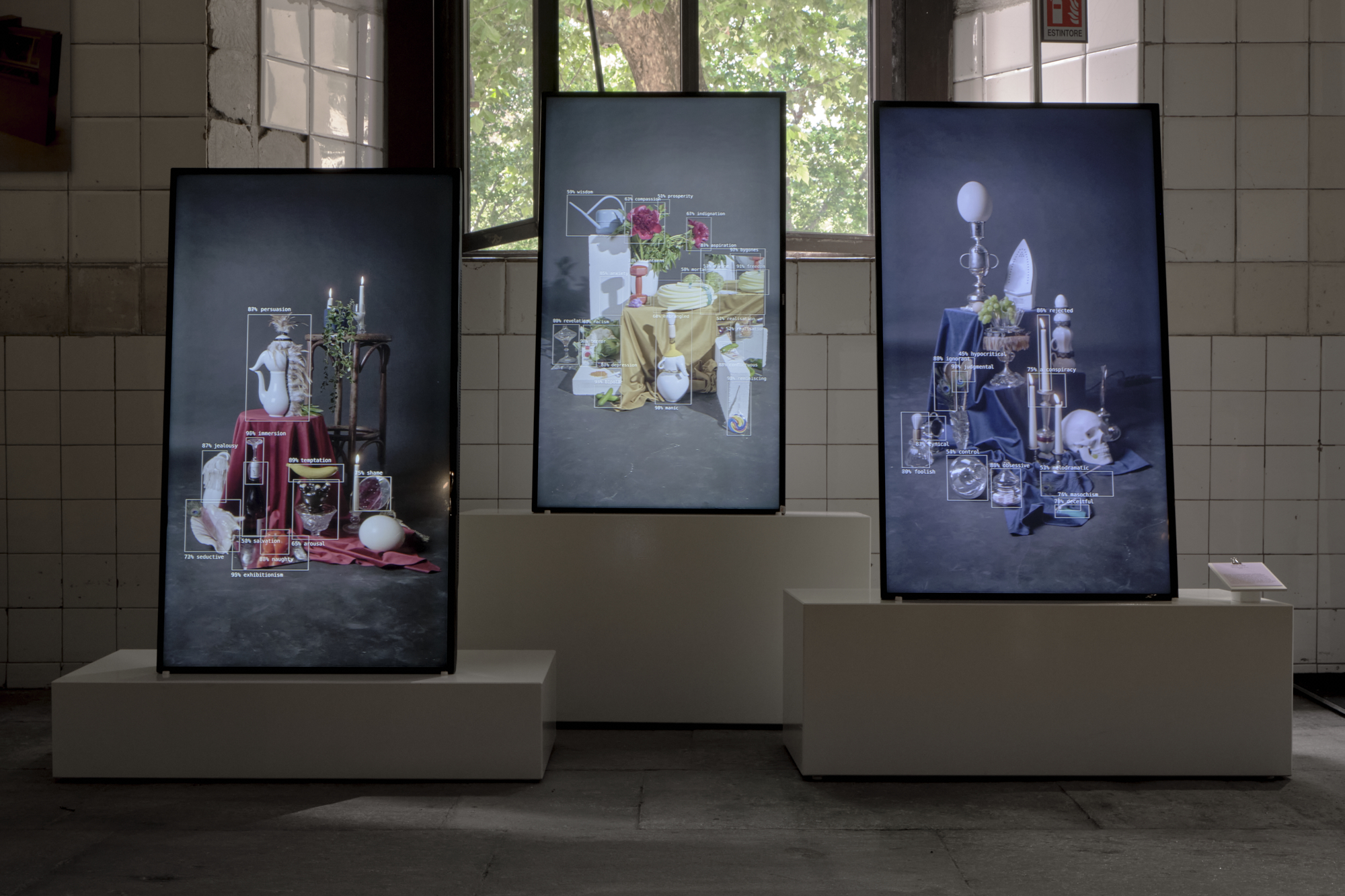
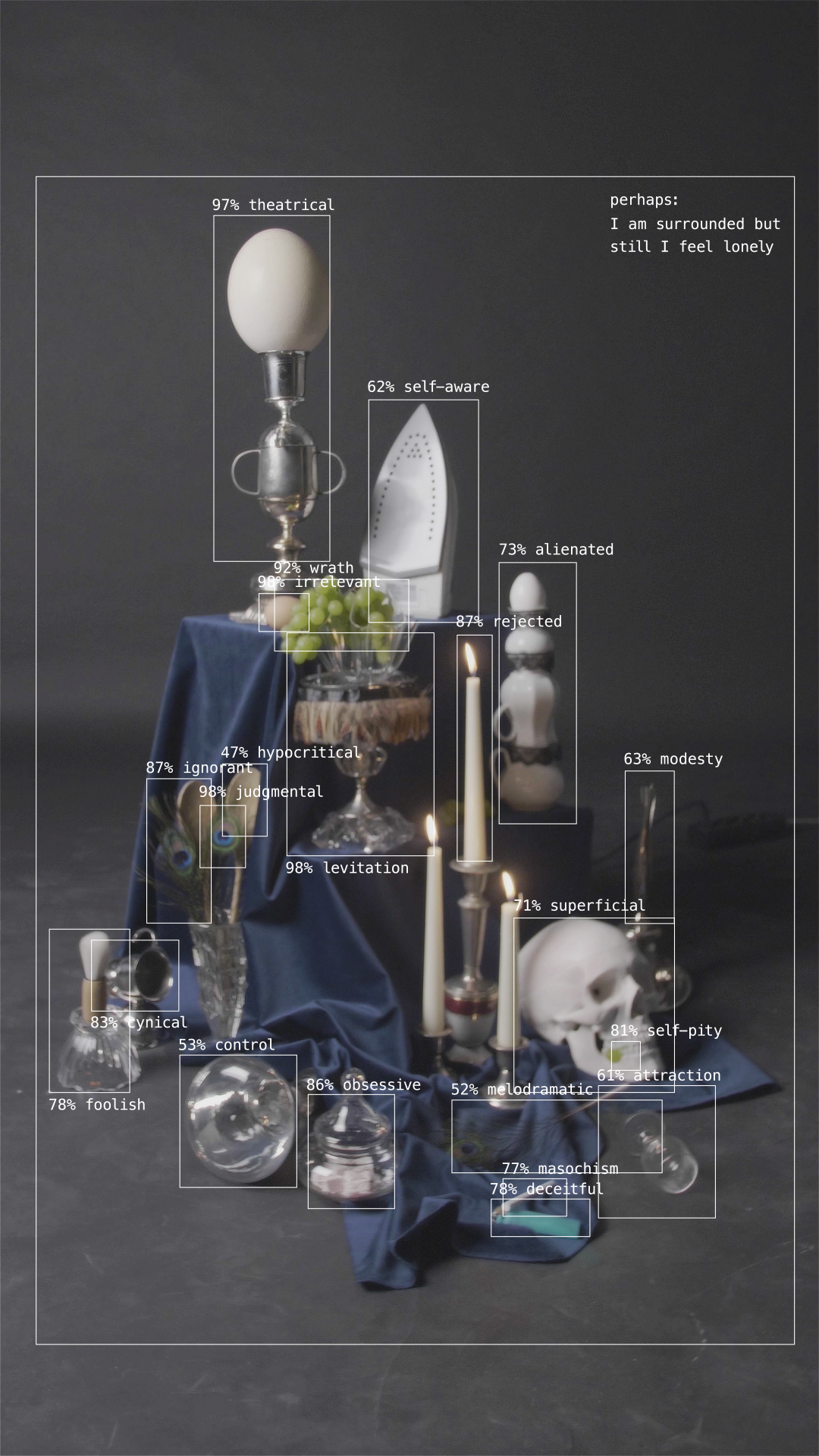
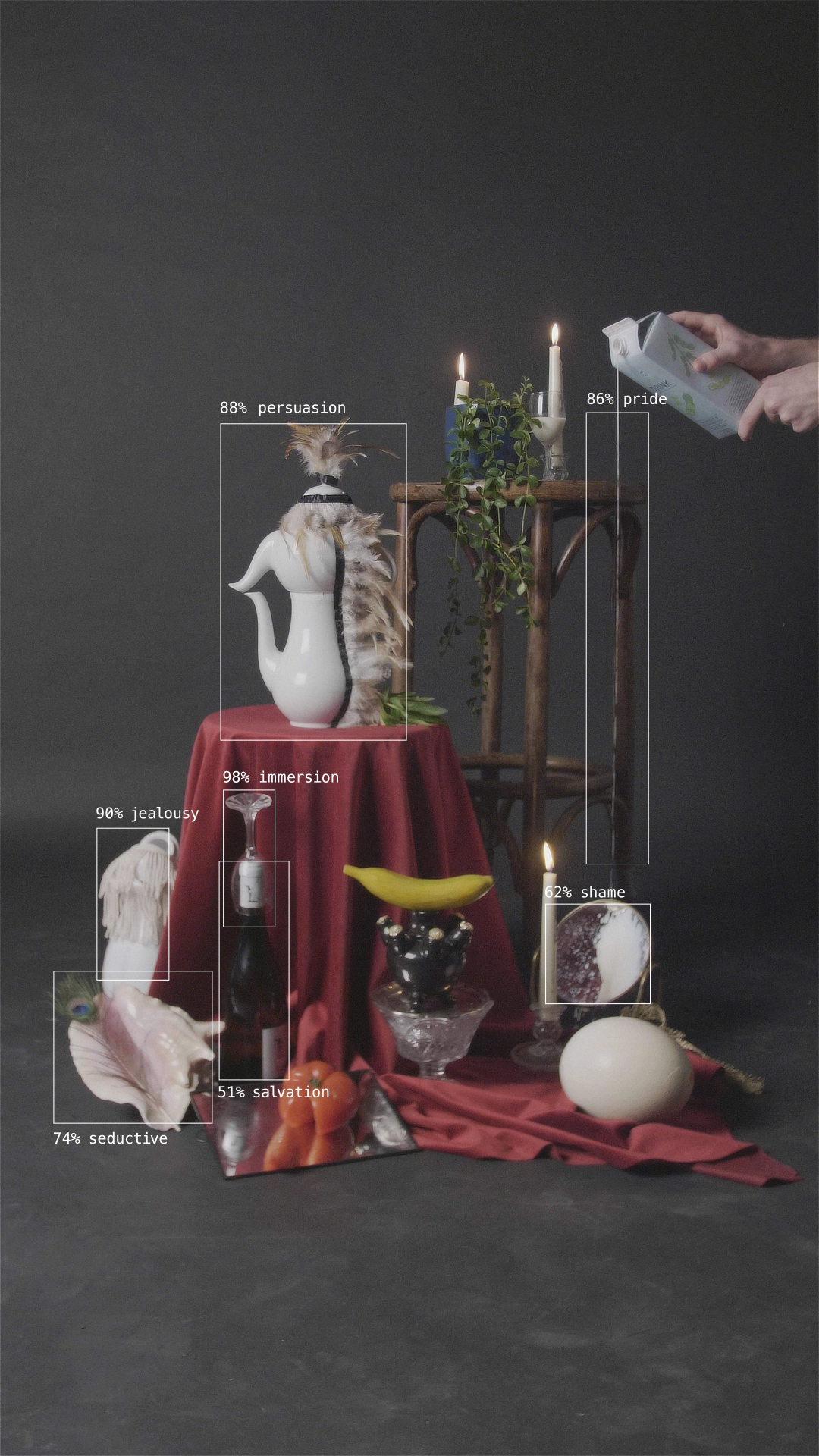
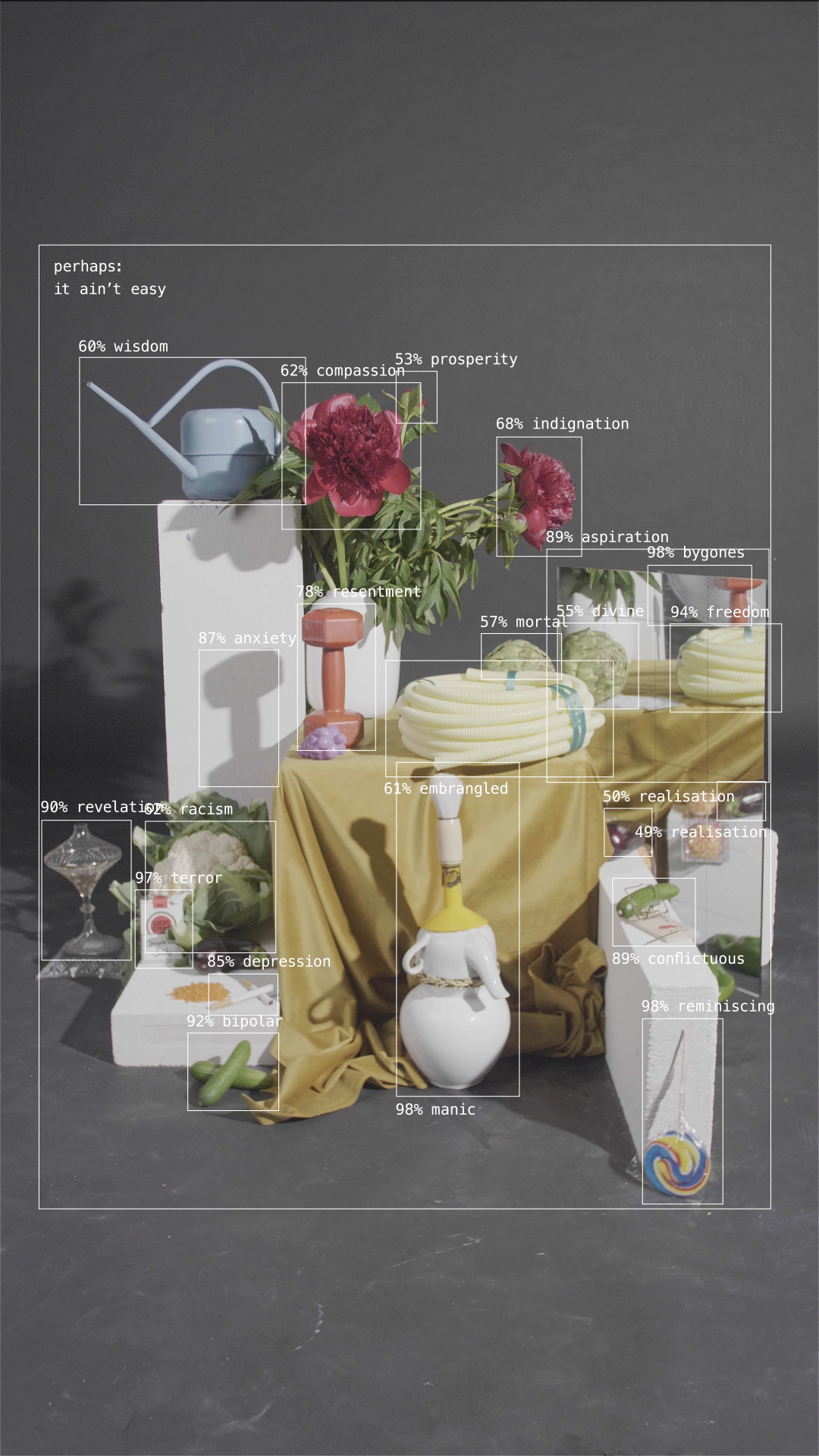
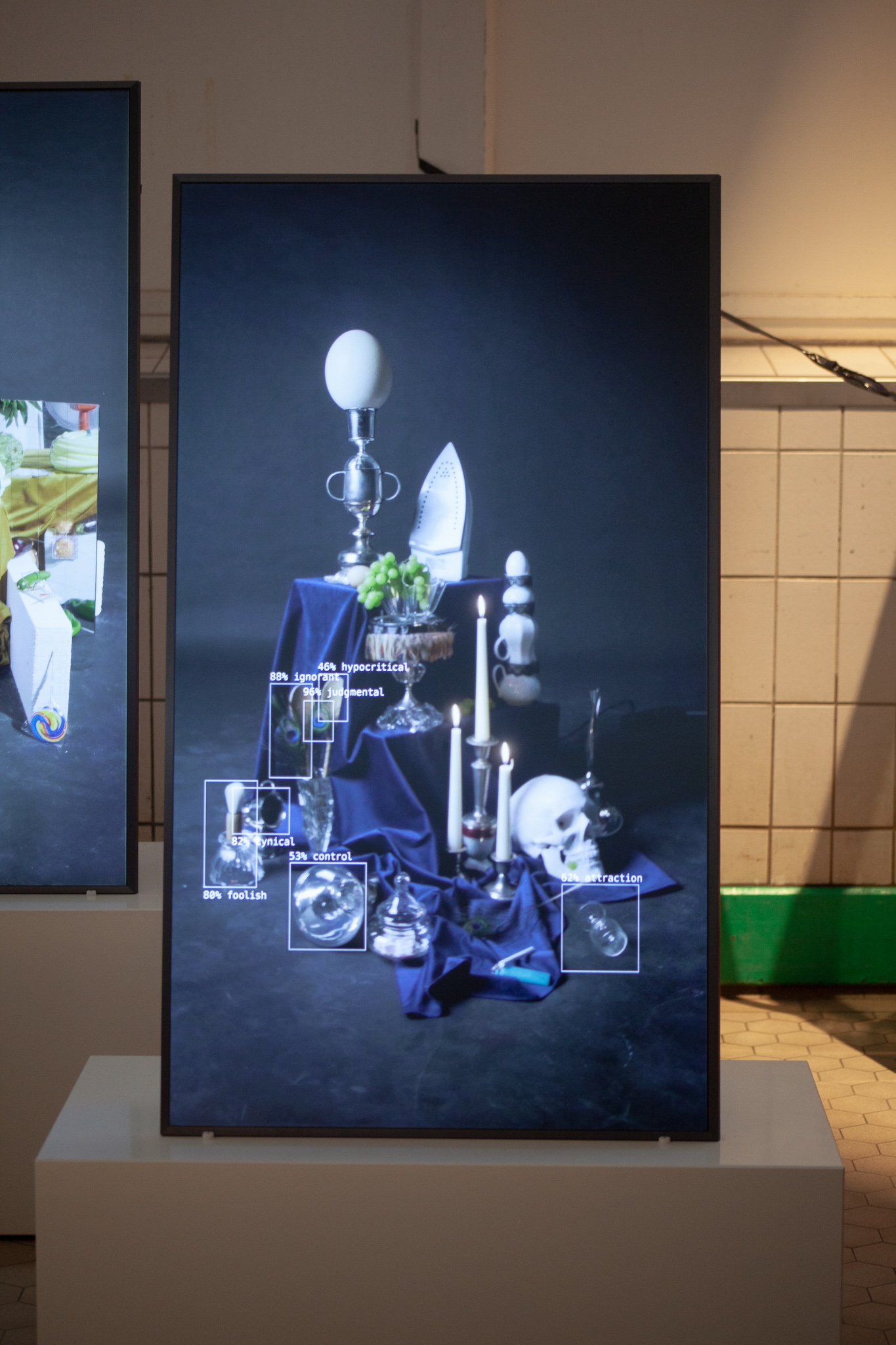
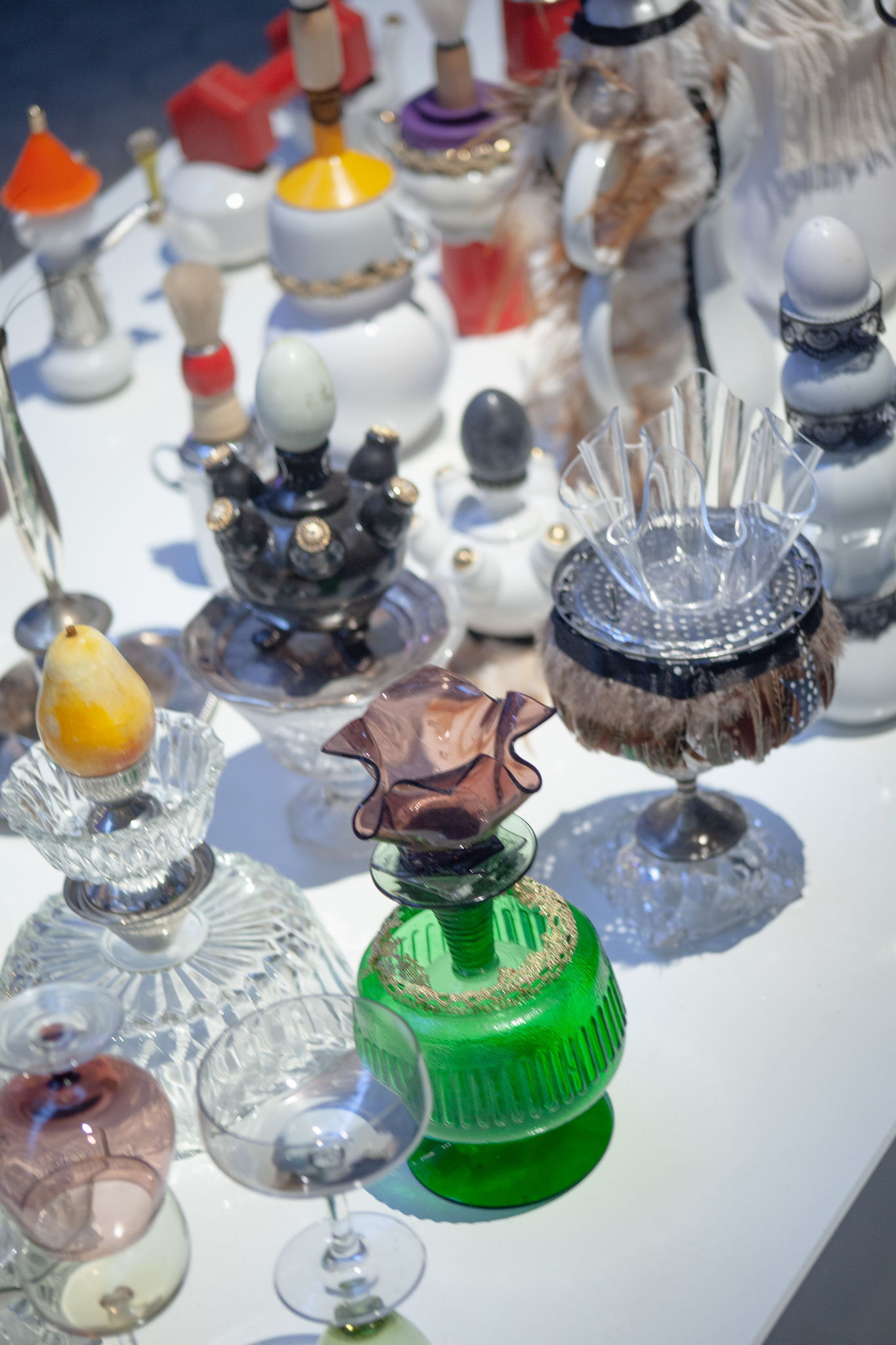
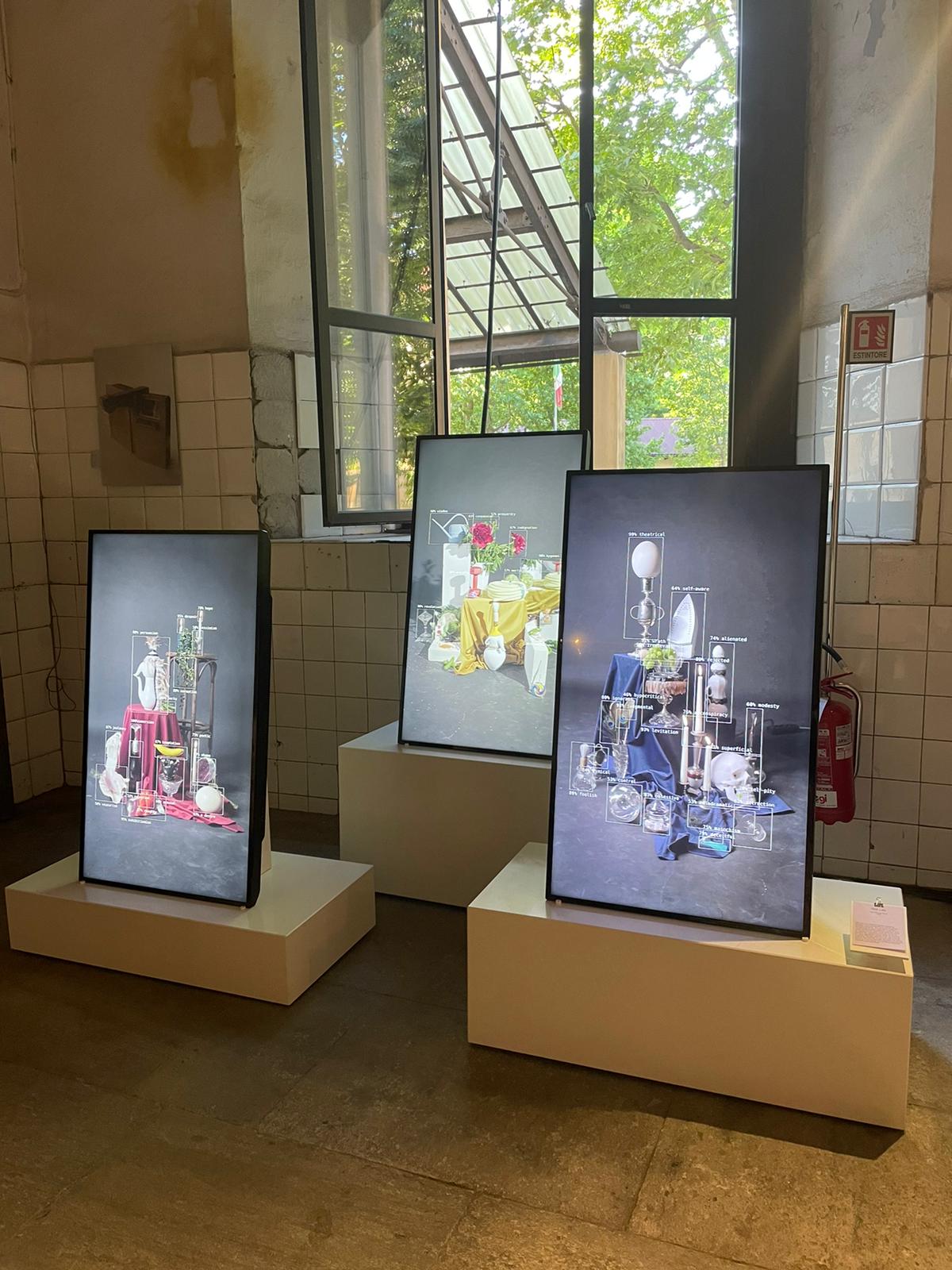
Dixit Algorizmi: The garden of Knowledge
Essay contribution
The Incredible Story of Algo & I
Dixit Algorizmi - The Garden of Knowledge, published to coincide with the opening of the exhibition in Venice, presents a series of essays reflecting on the themes addressed in the exhibition series soon to open in Venice. Dixit Algorizmi - The Garden of Knowledge sets out to question the origin myths and narratives surrounding modern technologies, using the lens of contemporary artistic practices to explore their forgotten roots, and overlooked resonances with distant places, times, and cultures.
Edited by Space Caviar and Sheida Ghomashchi
Publisher: Humboldt books
Essay contribution
The Incredible Story of Algo & I
Dixit Algorizmi - The Garden of Knowledge, published to coincide with the opening of the exhibition in Venice, presents a series of essays reflecting on the themes addressed in the exhibition series soon to open in Venice. Dixit Algorizmi - The Garden of Knowledge sets out to question the origin myths and narratives surrounding modern technologies, using the lens of contemporary artistic practices to explore their forgotten roots, and overlooked resonances with distant places, times, and cultures.
Edited by Space Caviar and Sheida Ghomashchi
Publisher: Humboldt books
essay contribution, 2022
![]()
![]()
![]()
![]()
![]()
![]()
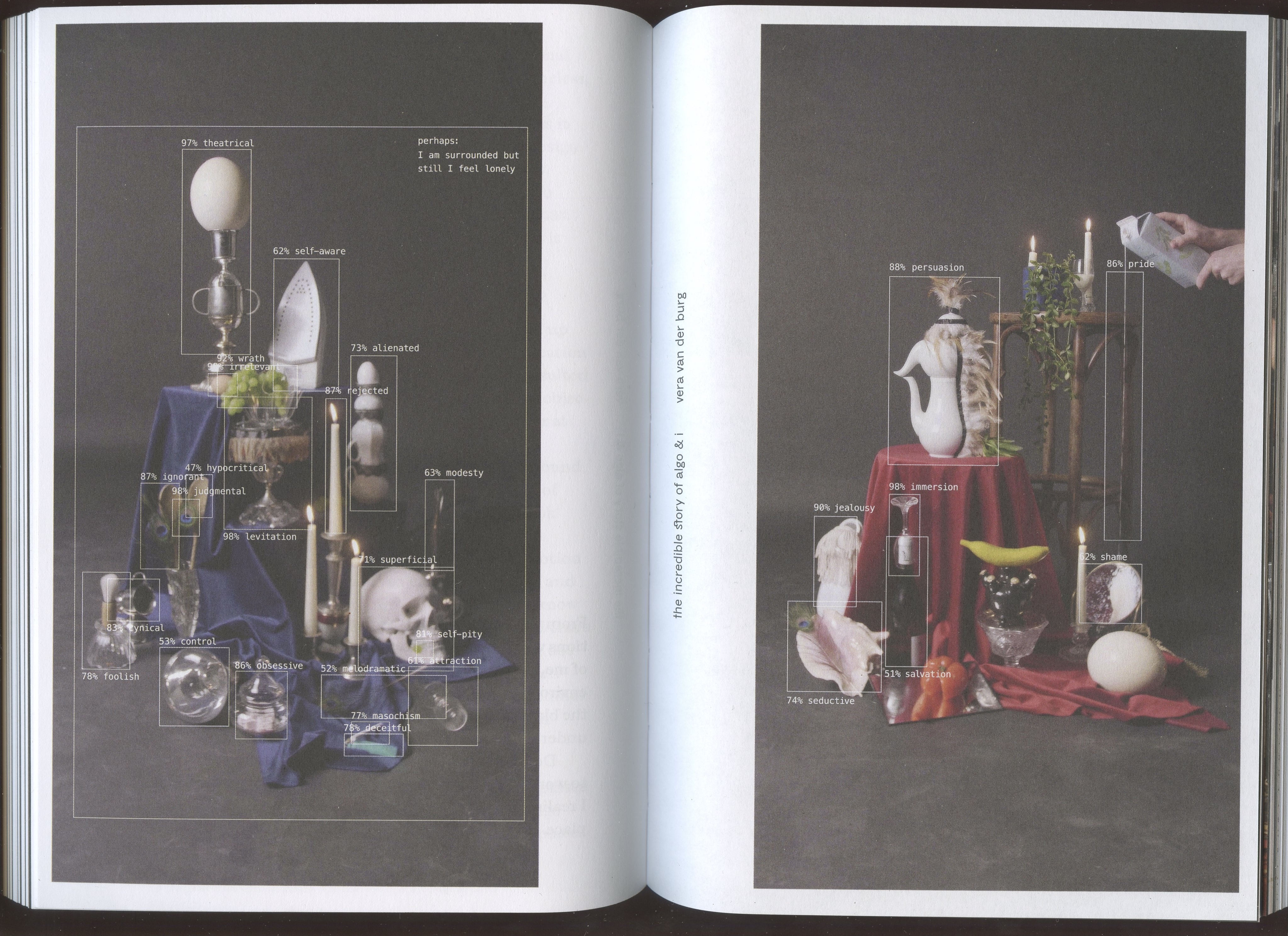
The Incredible Story of Algo & I
This project is an alternative, contemporary science-fiction novel in which an interaction process between a designer and a Machine Learning Algorithm is described in the form of a diary book. These diary passages are alternated with more scientific and theoretical insights from the professional field. The book creates a narrative around the use of intelligent systems on the personal level of the designer, but also covers the implications of the technique on a societal level.
This project is an alternative, contemporary science-fiction novel in which an interaction process between a designer and a Machine Learning Algorithm is described in the form of a diary book. These diary passages are alternated with more scientific and theoretical insights from the professional field. The book creates a narrative around the use of intelligent systems on the personal level of the designer, but also covers the implications of the technique on a societal level.
publication, thesis, 2019
![]()
